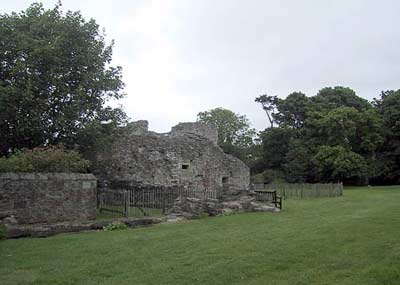 |
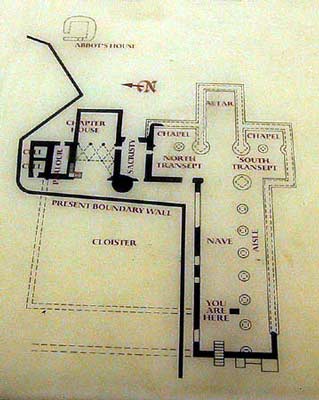 |
| Not much of Balmerino Abbey is left today, which once was a Cistercian daughter house of Melrose Abbey. It is located on the edge of the Firth of Tay, in a quiet little village. Nothing remains of the original church buildings erected in 1220 by Queen Ermengarde, wife of King William the Lion and direct descendant of William the Conqueror. The ruined Chapter House building was the last addition to the Abbey in the 15th century. The Abbey sustained some damage by the English during the "Rough Wooing" on Christmas night 1547 but was quickly repaired. It was not until a decade later that it was destroyed by the Scottish Reformers. | |
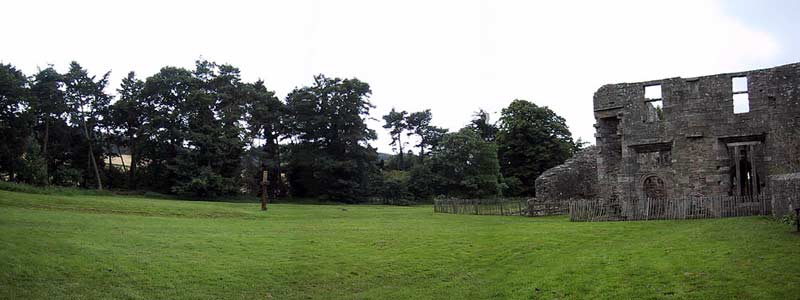 |
|
| The picture above shows the back of the Chapter House as well as a cross marking the location of the High Altar. It was here that James V's first wife, Magdalen daughter of the French King Francis I, is believed to have been sent to recover from her illness. As it happened though, even the salubrious setting of Balmerino Abbey was not enough to restore this frail princess who died shortly after her arrival in Scotland. Mary, on the other hand, spent a relaxing two days here on her way to St Andrews in 1565. | |
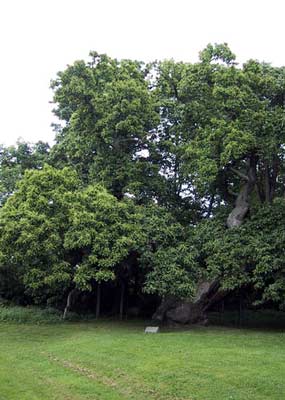 |
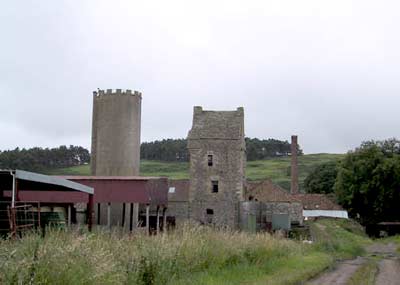 |
| A little in retreat from the Abbey is the Abbot's House now all overgrown with vegetation. Next to it though, is a magnificent Spanish Chestnut tree. It was once believed that this tree was planted by Queen Ermengarde at the foundation of the Abbey in 1229, but tests carried out by the National Trust of Scotland indicate that it is between 400 and 435 years old. It would have been a lot smaller when Mary visited!
Before stopping at Balmerino Abbey, Mary also stayed at Collairnie Castle. Collairnie Castle is now part of a working farm and is not open to the public (see right). |
|
| Balmerino Abbey is open to the public but there is no access to the ruins which are dangerous. | |